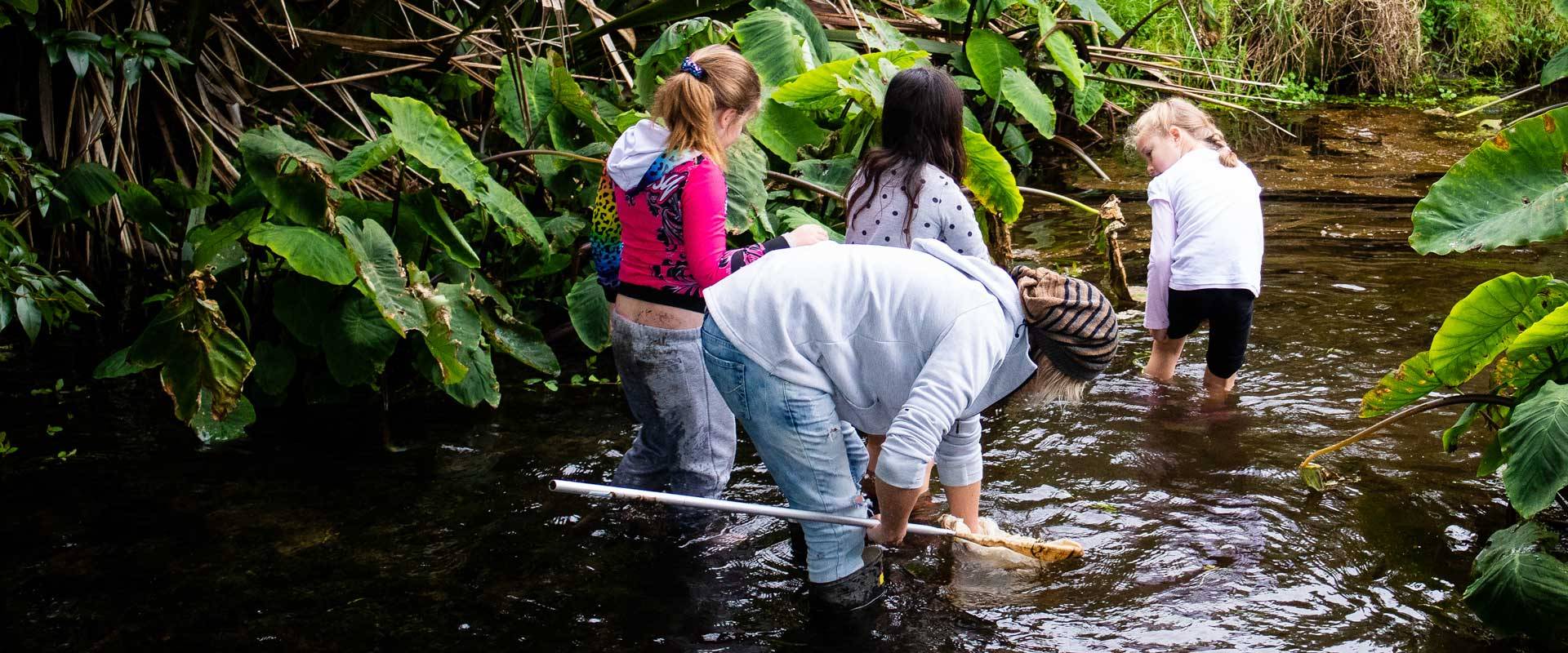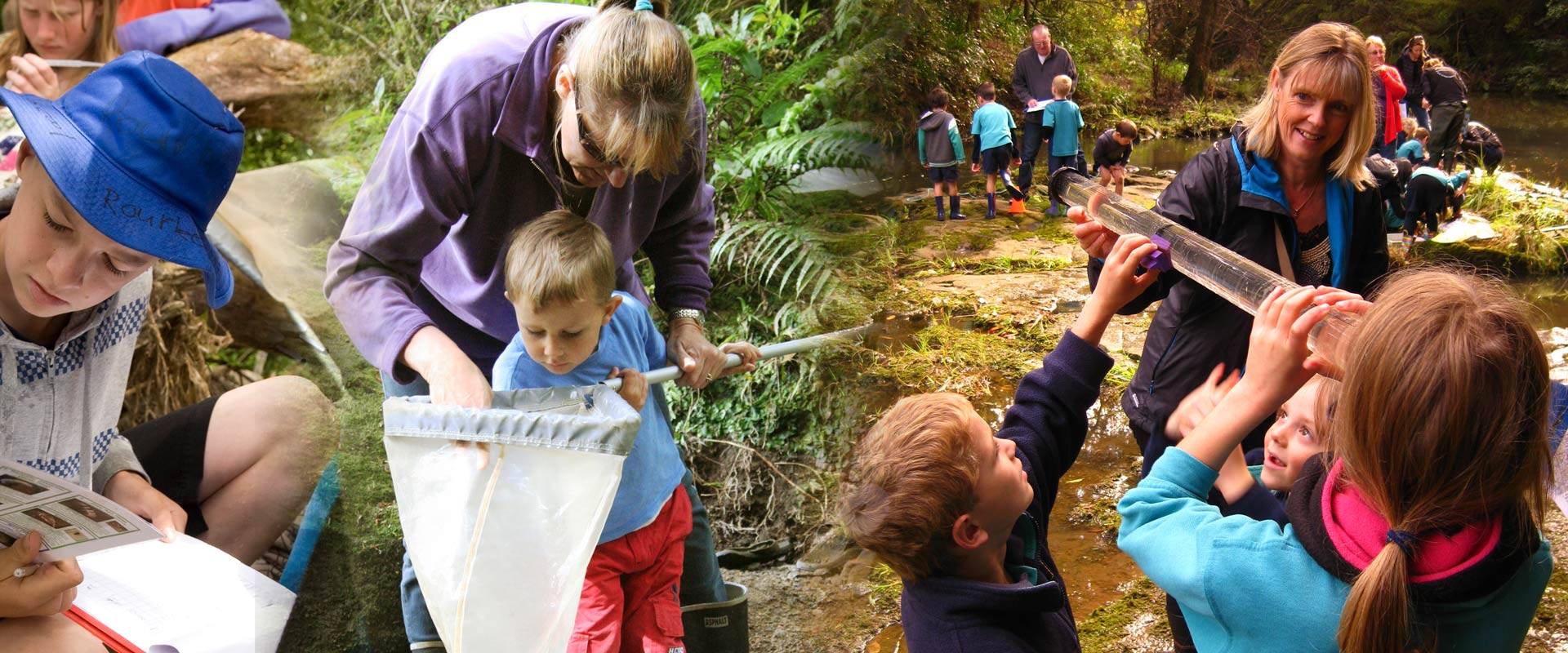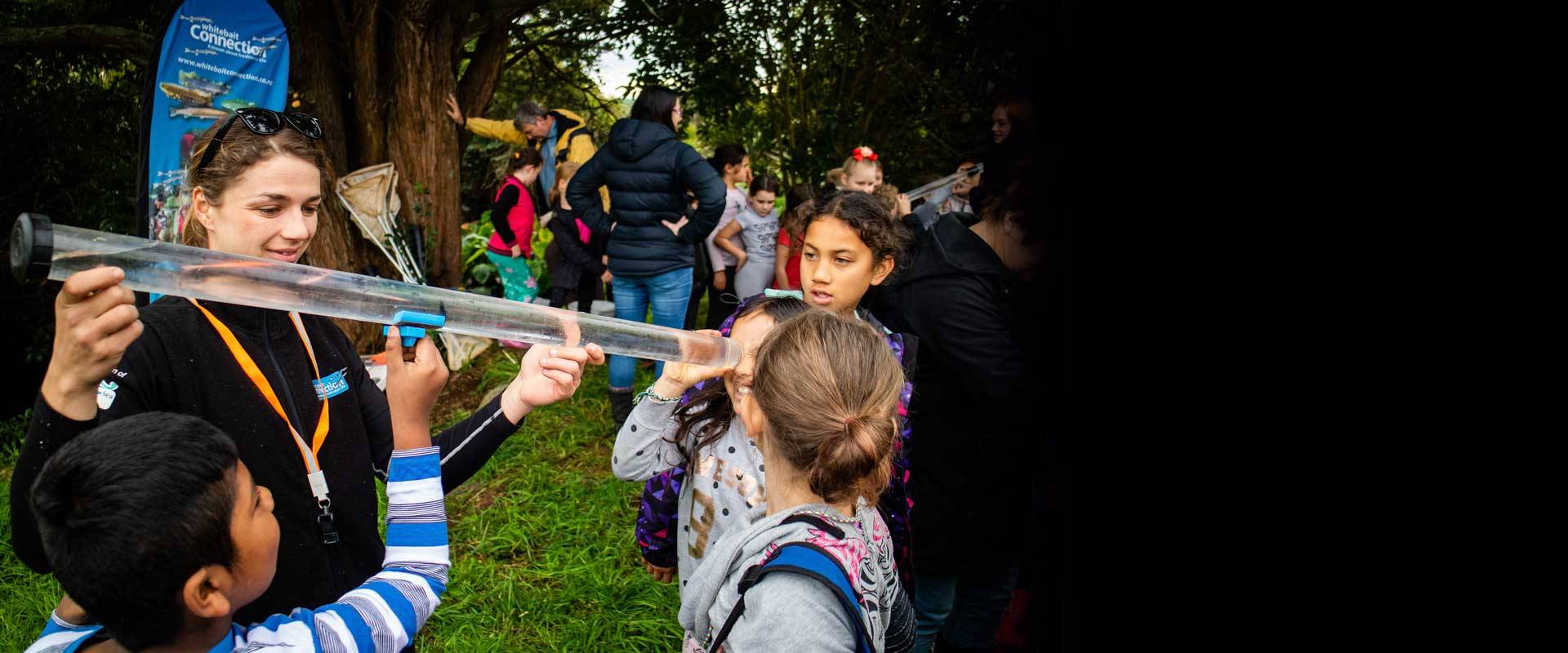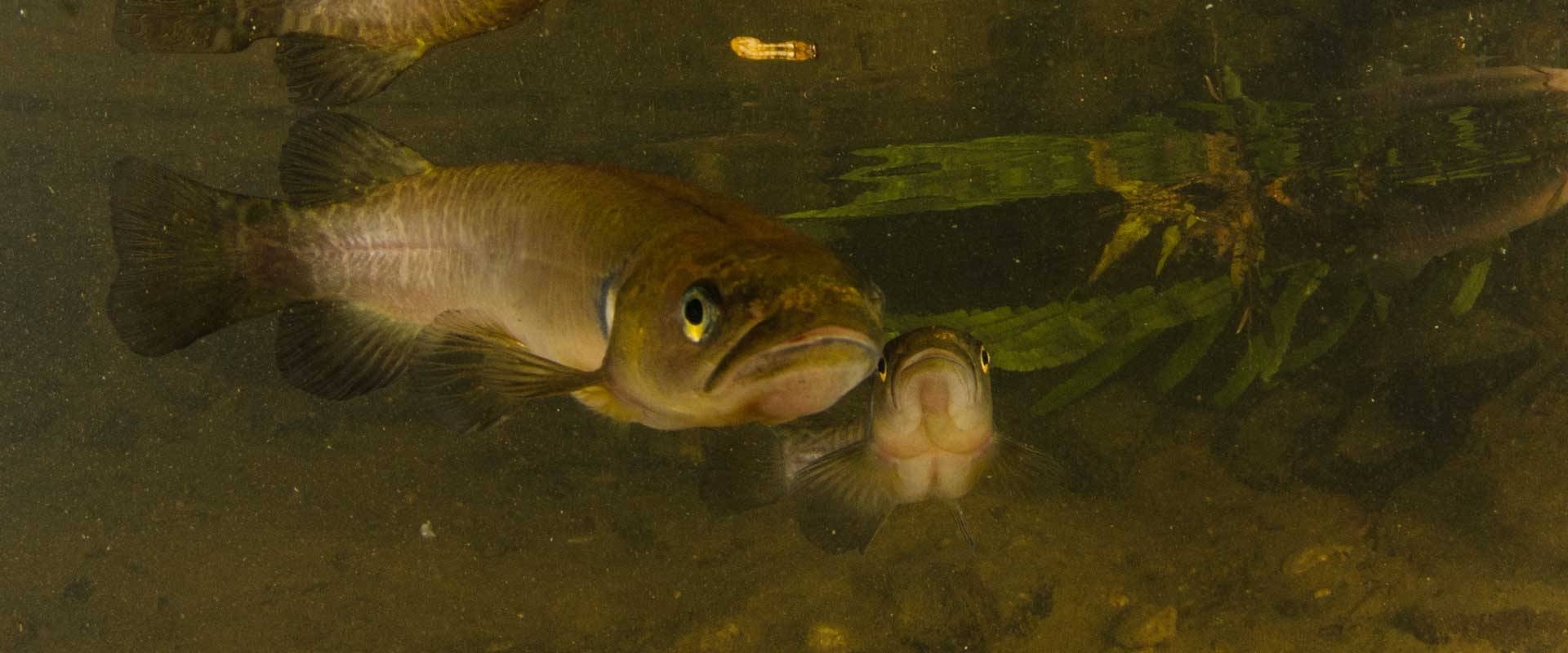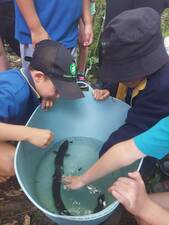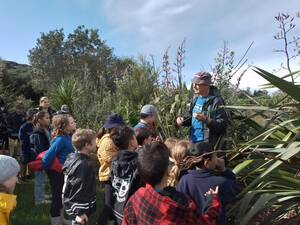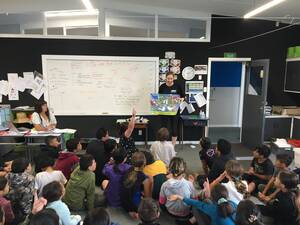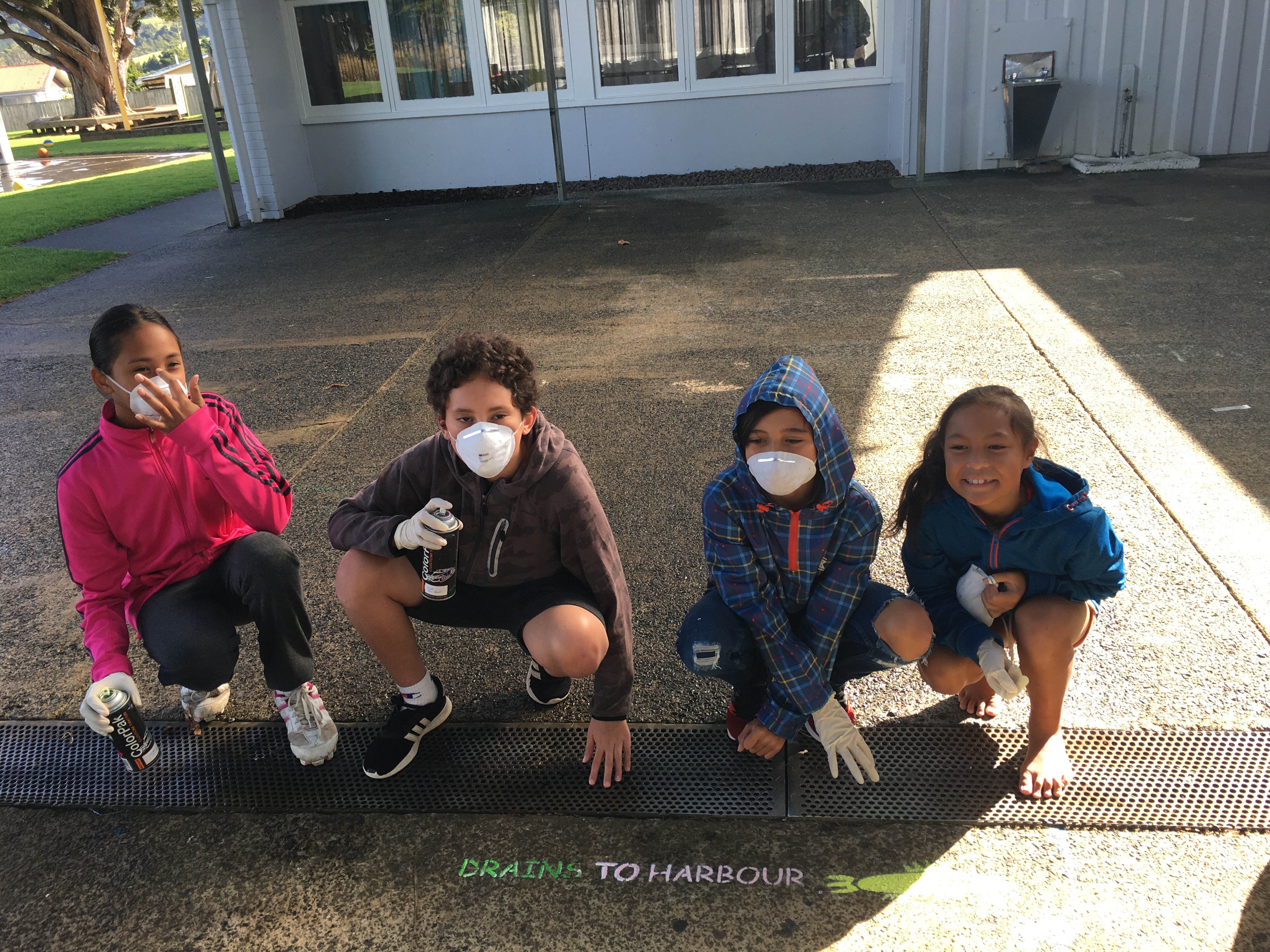In term 1 of 2023 Whitebait Connection Programme Coordinators Pat & Tracey worked with the students at Paparoa School and their teachers to deliver a Whitebait Connection programme. The programme included introductory class sessions, a field trip to a bush covered stream in Tinopai and a field trip to Paparoa Creek.
The school is lucky to be located right by Paparoa Creek and it's īnanga spawning site at the Landing. For one of their field trips the students went to the Landing to search for īnanga eggs and to do a freshwater investigation involving water quality testing and seeing the fish and bugs that live in Paparoa Creek. We caught alot of īnanga at this site!
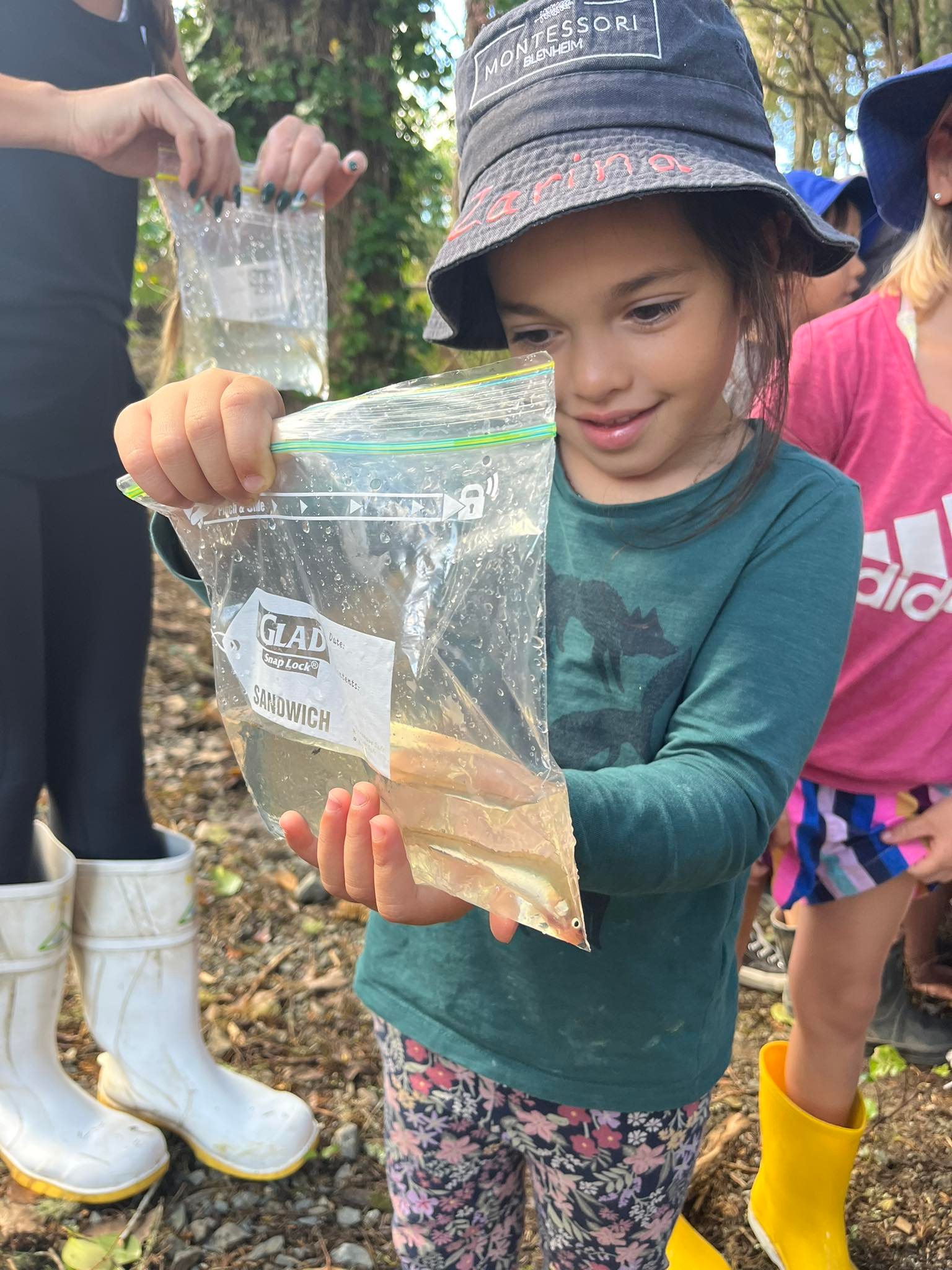 Īnanga at Paparoa Creek
Īnanga at Paparoa Creek
Following their Whitebait Connection programme the students of Paparoa School were empowered to take action for their local īnanga spawning site. We were impressed by all the mahi the students have done to protect this spawning habitat!
Actions they have undertaken to date have included writing letters to their local councillor, writing articles about the īnanga spawning site in the local paper and pest trapping by Paparoa Creek. The students hope to fence off the īnanga spawning site and put up signage informing the public about it in the near future.
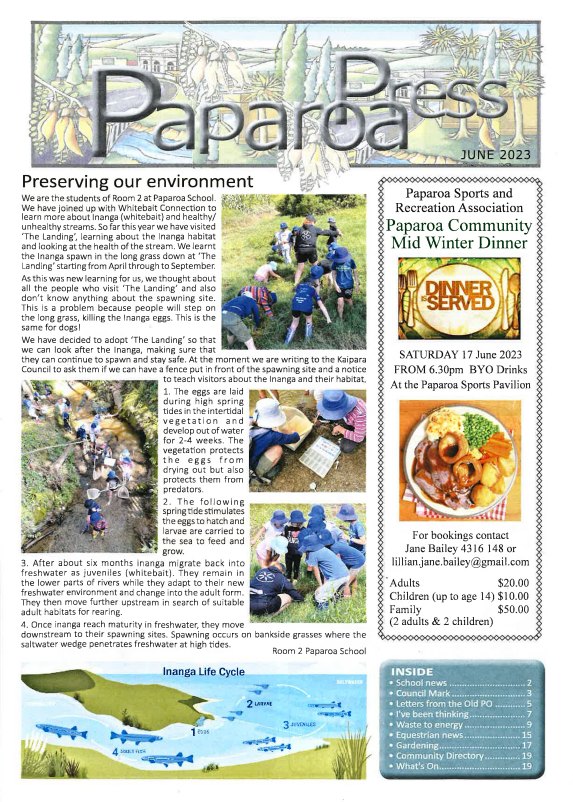 Paparoa Press article written by Paparoa School students
Paparoa Press article written by Paparoa School students
Below is a letter by Aubree Healey (year 6) to Councillor Mark Vincent:
Dear Mr Mark Vincent,
If you have been reading the Paparoa Press, you might have read that we have been trying to get a fence and sign around the long grass at the landing. That's why I'm writing to you.
We have been doing Whitebait Connection and we have learnt about white bait and the water they live in. Lots of people don't know that there is a whitebait spawning site at The Landing. In the long grass, 100s of little whitebait eggs are laid but the problem is people and animals trample the eggs without knowing.
If we have a fence and sign around the long grass, we can share our learning with others so they can learn about the spawning site. If we don't do something we could break the cycle and there won't be any whitebait left at the landing and that would be terrible! That is why we need to protect the white bait.
Can you help us by getting the fence and sign made or even getting the fence timber and we can build it. We would get our dads to help of course!
Thank you for helping.
Kind Regards
Aubree Healey
Year 6
Room 2
Paparoa School

